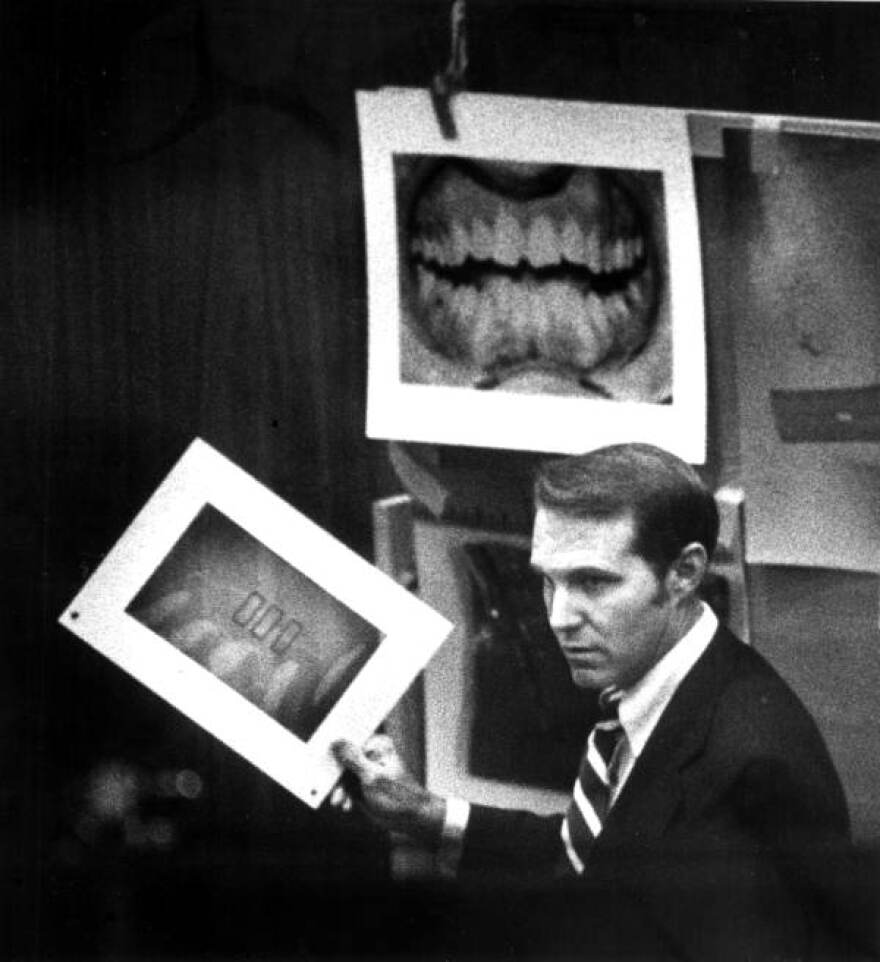When it comes to solving murders -- bite marks left at the crime scene had been thought to be a evidence that could be a solid lead to the killer.
People have been put in prison - some executed - based on those teeth impressions matching.One of the most famous cases of bite mark evidence is serial killer Ted Bundy. Bundy is thought to have murdered at least 30 women. Bundy was careful in that he never left finger prints at the scene but he left bite marks. A bite mark was key in convicting Ted Bundy.
But what about in other cases. Is the dental evidence always so clear?
A Texas Man - Steve Chaney - who was convicted of double murder - was recently exonerated and released from prison.
Some are now calling for a banning of bite marksas evidence in court cases. But is that too far?
We are joined by Dr. David Senn -- the director of the center for education and research in forensics - and the director of the Southwest Symposium of Forensic Dentistry - and a professor of dentistry at the UT health science center.
Guest:
- Dr. David Senn, director of the Southwest Symposium of Forensic Dentistry



